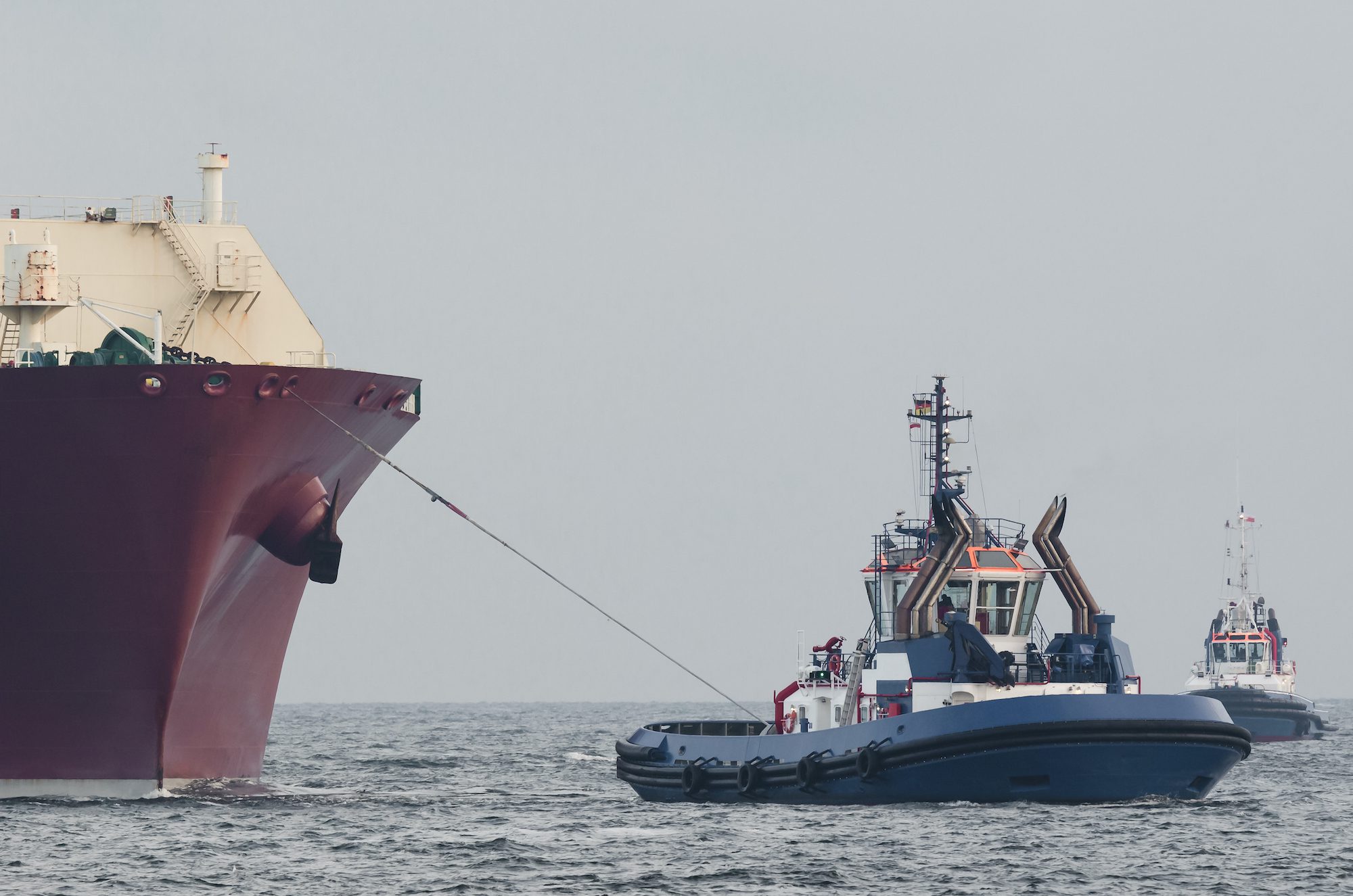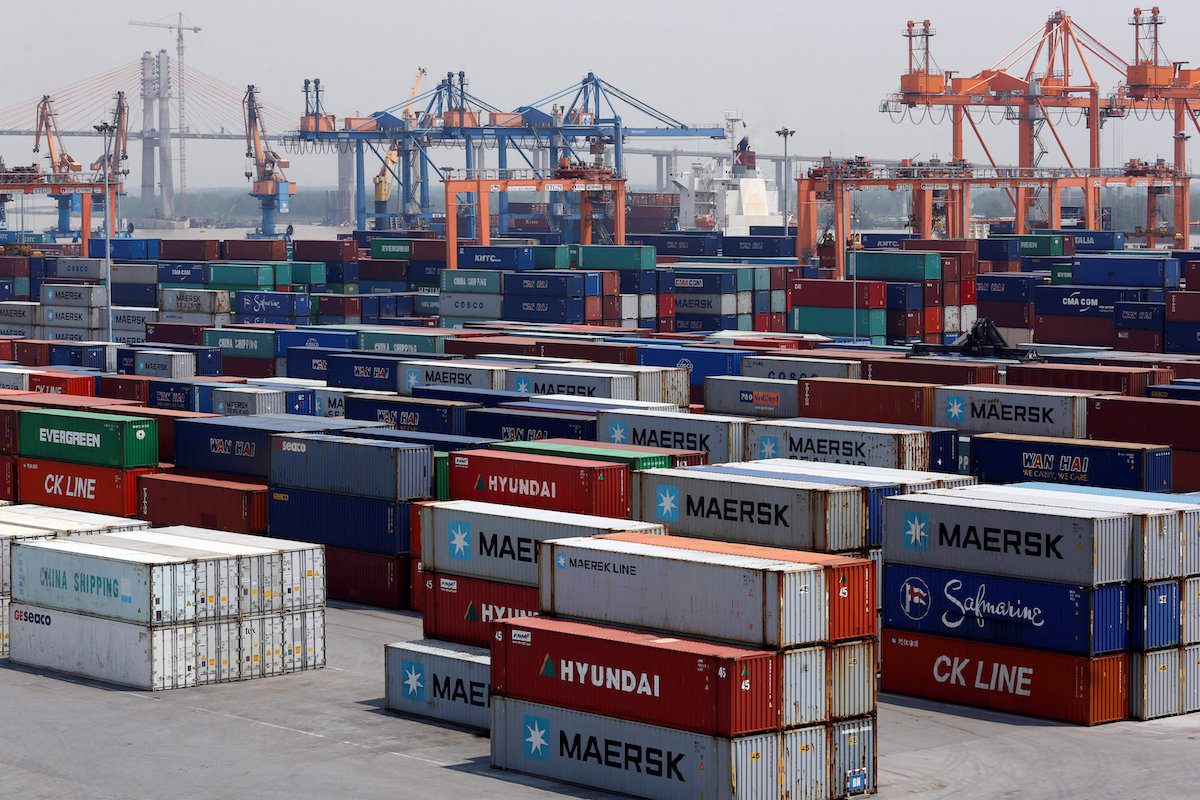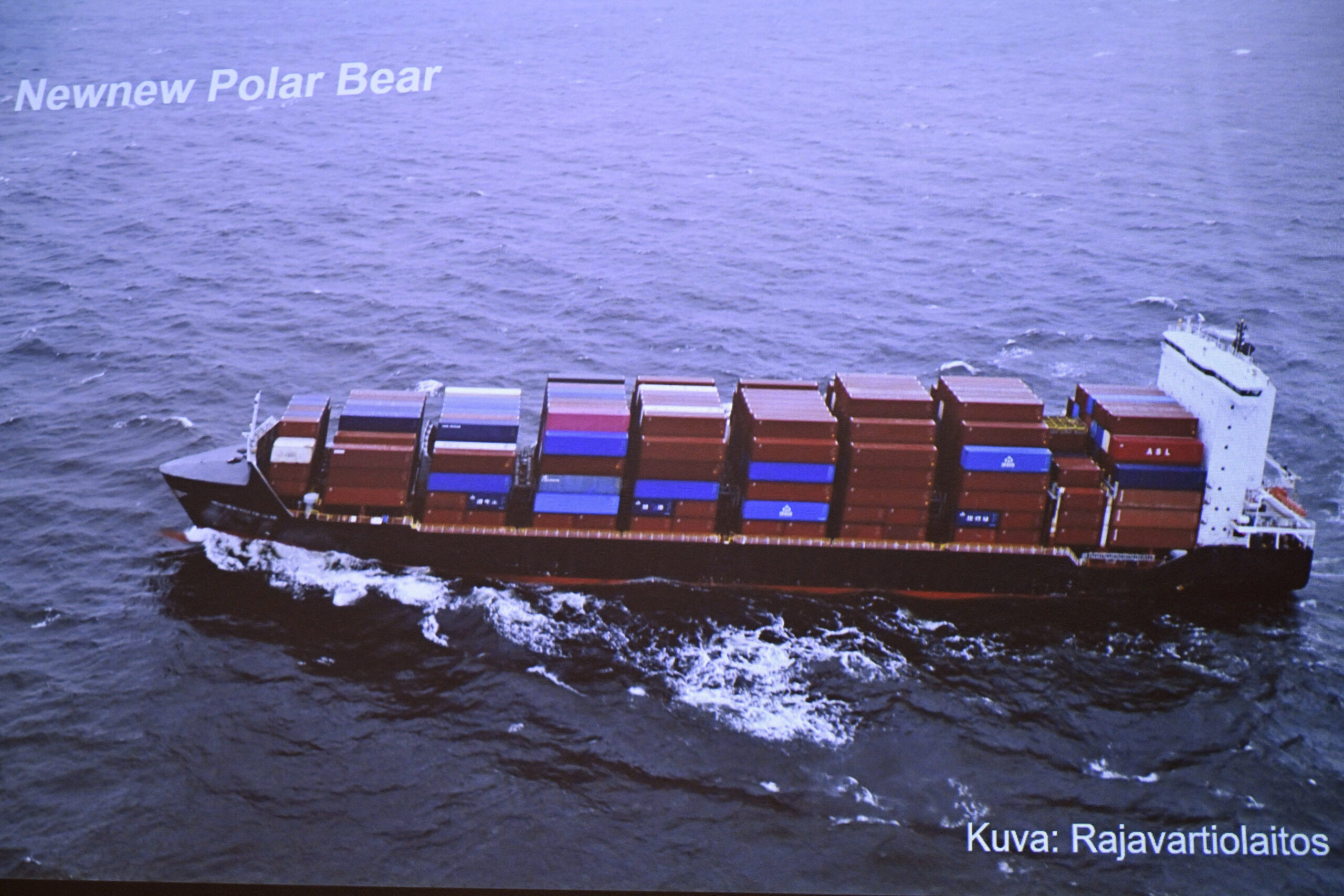By Ruth Liao (Bloomberg) —
Traders are poised to shell out more than $200,000 a day to ship liquefied natural gas in the coming months as tankers grow scarce ahead of winter, when demand for the heating fuel peaks.
Charter rates surged to $284,750 for November and $206,750 for October, more than doubling from current levels, according to data from Spark Commodities. If those prices hold, they risk repeating last year’s rally, when the global LNG market was rushing to replace Russian supply after the invasion of Ukraine.
Tanker supplies are increasingly tight because traders are using the ships as floating storage in a bet that LNG prices will rise as the weather turns colder. Volatile shipping rates can eat up margin for an LNG trader looking to cash in on higher winter prices, and rising transportation costs ultimately can mean higher prices for buyers in Europe and Asia.
The number of LNG vessels floating on the water for at least 20 days also has risen in late July, with 42 vessels tracked by Bloomberg. That’s 27% higher than the same time a year earlier.
“I certainly see ships being held onto,” said Richard Pratt, an LNG shipping consultant. The higher incidence of floating storage should continue “through August and September barring any supply disruption,” he said.
–With assistance from Anna Shiryaevskaya.
© 2023 Bloomberg L.P.

 Join The Club
Join The Club











